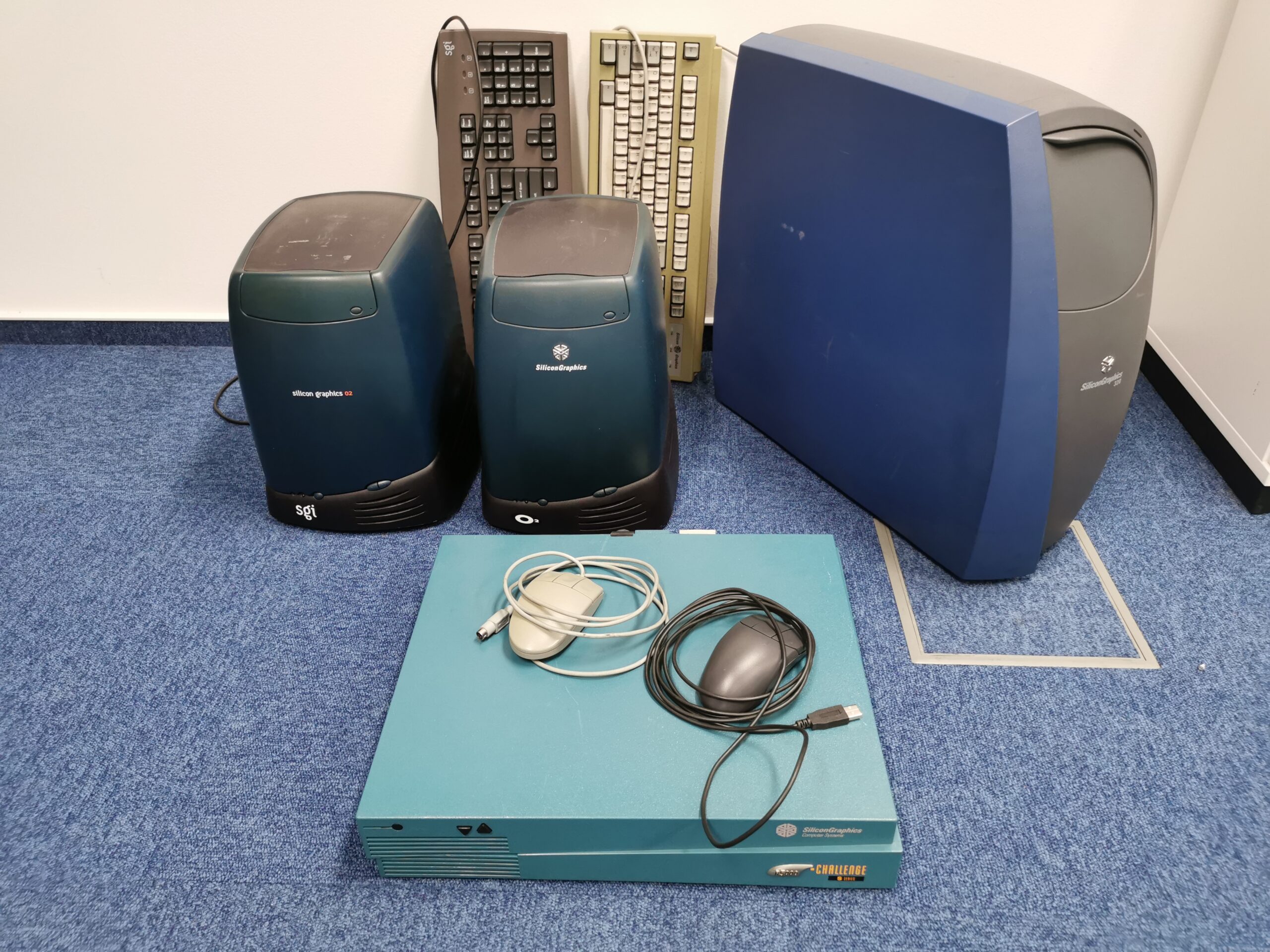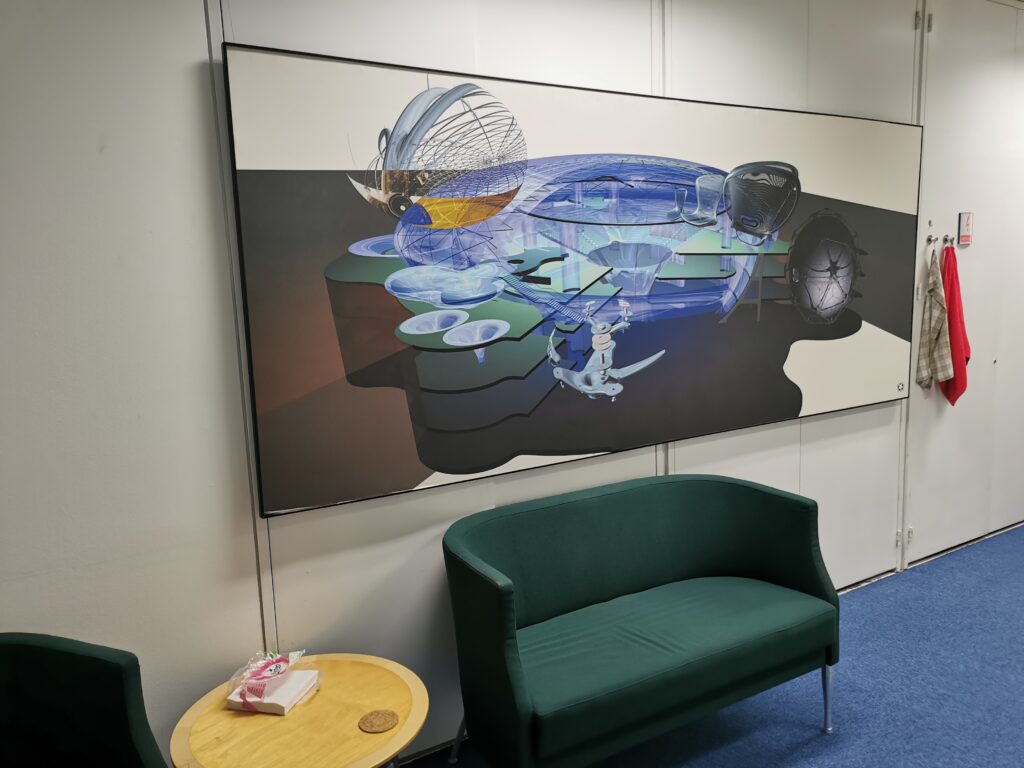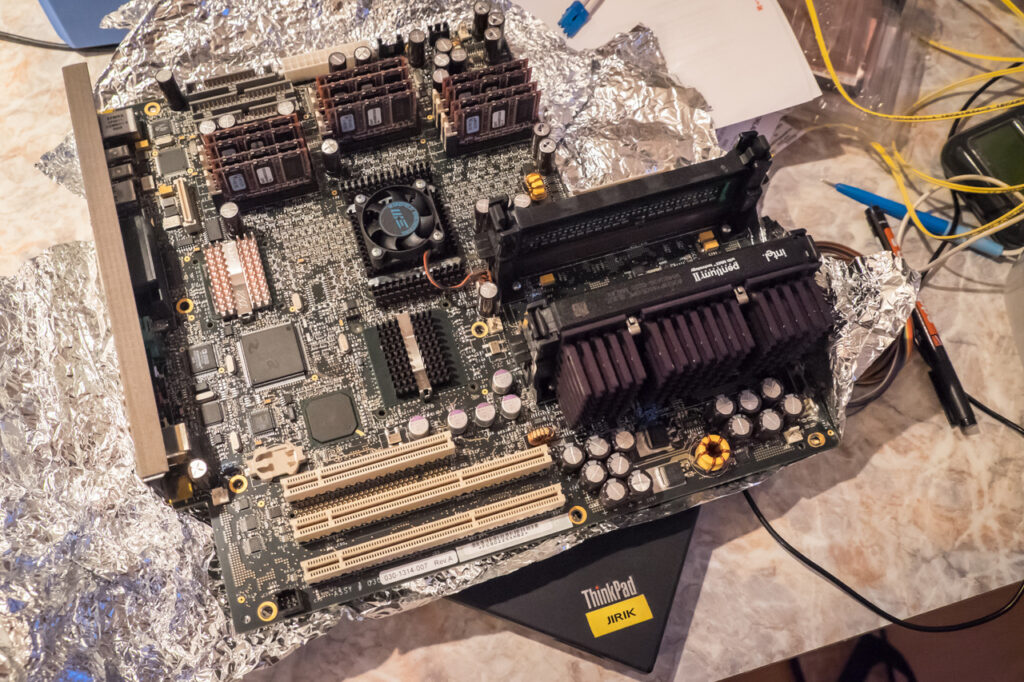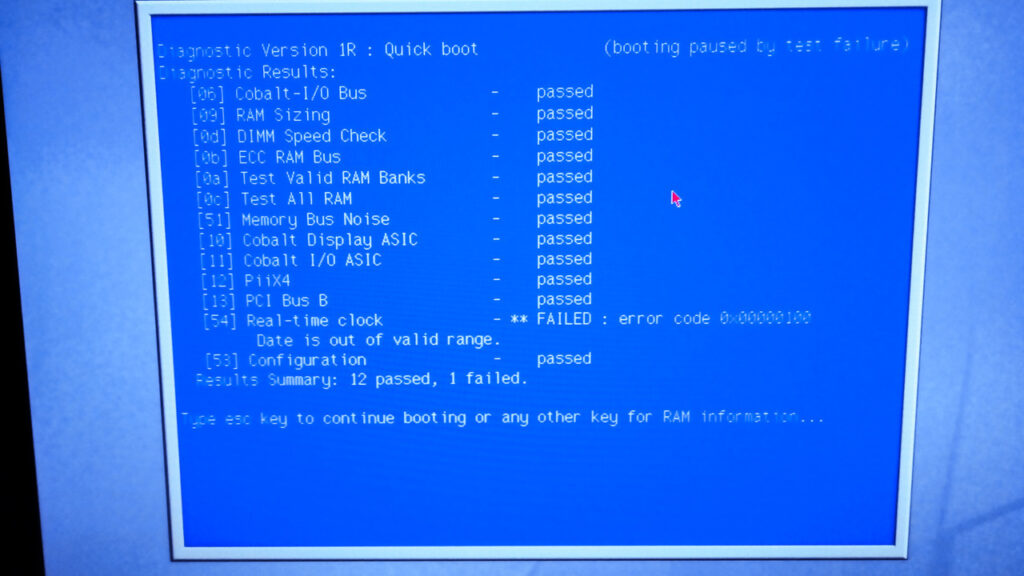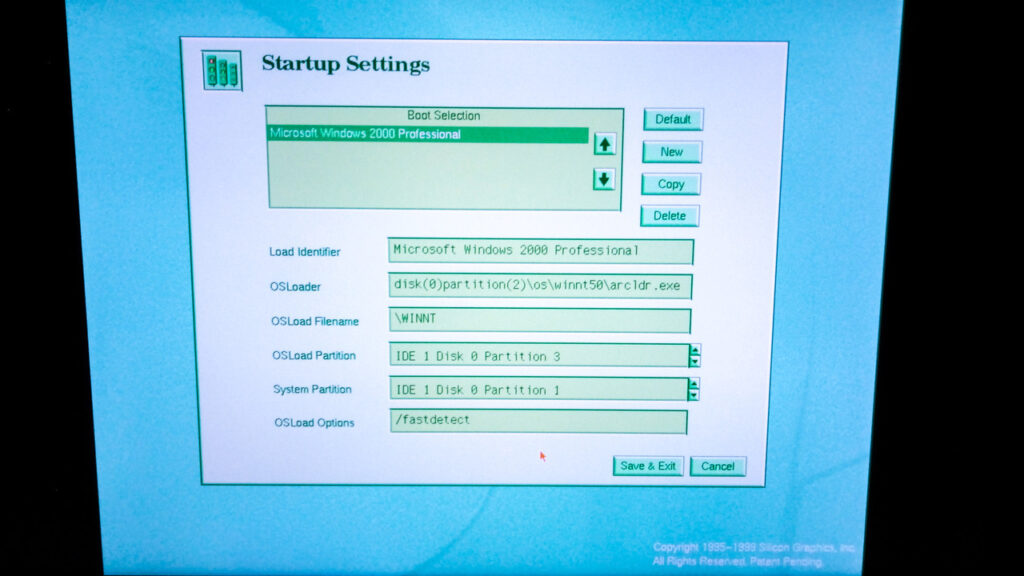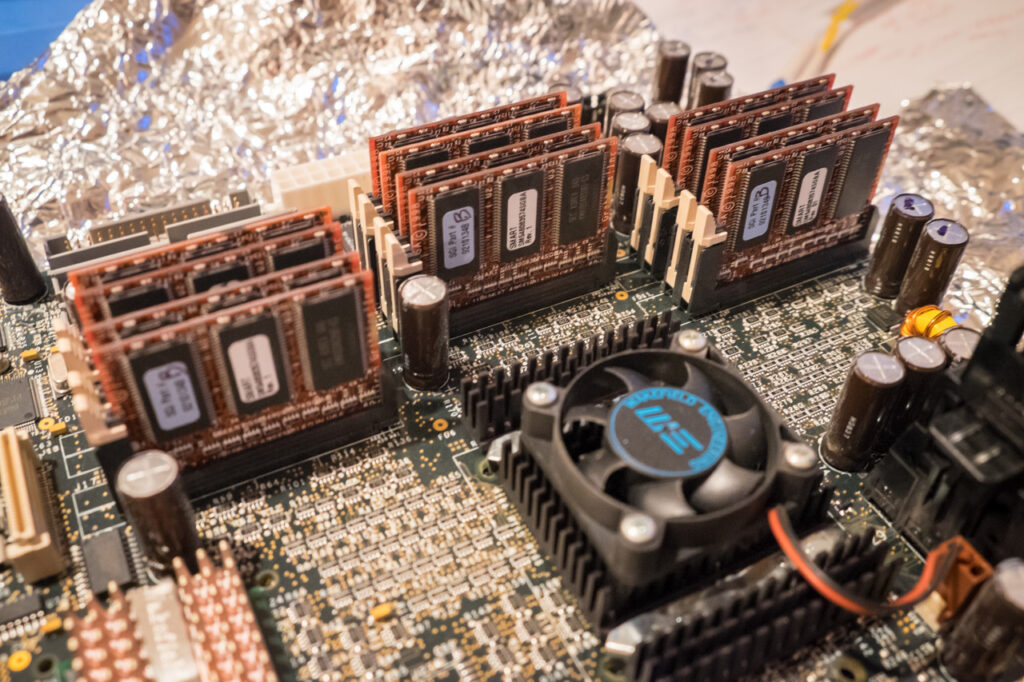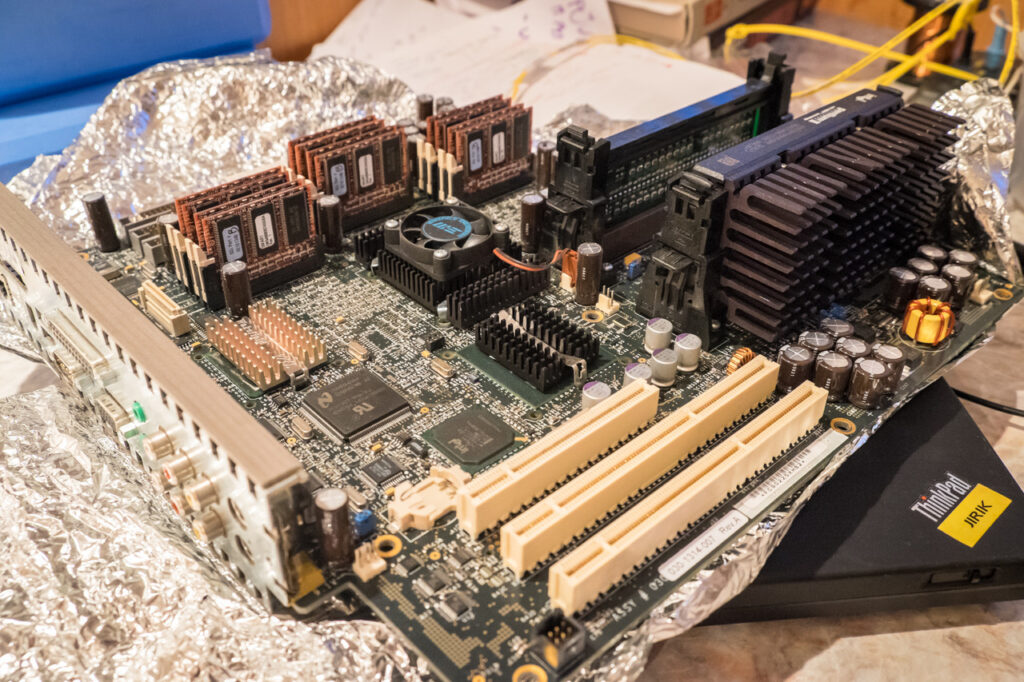More SGI computers
I got some new SGI computers. I was surprised because I thought the SGI guys from the Czech Republic gave me all their leftovers. I had to go to one of the original SGI offices in Brno this time. The office design was very 90s and there were classic SGI artworks on the walls. All the people there are now HPE employees but many of them started there working for SGI when every employee had an Indy or O2 on their desk.
The “loot” contains:
- Two SGI O2 / MIPS R5000 / 2x SCSI HDD / the one with the older logo has an analog AV module installed
- SGI Visual Workstation 320 / 1x Pentium II / a basic configuration with an IDE HDD
- SGI Challenge / MIPS R5000 / basically an Indy without audio ports and a graphics card
- Two sets of keyboards and mice, the PS/2 one is for O2 and the USB one for SGI 320
